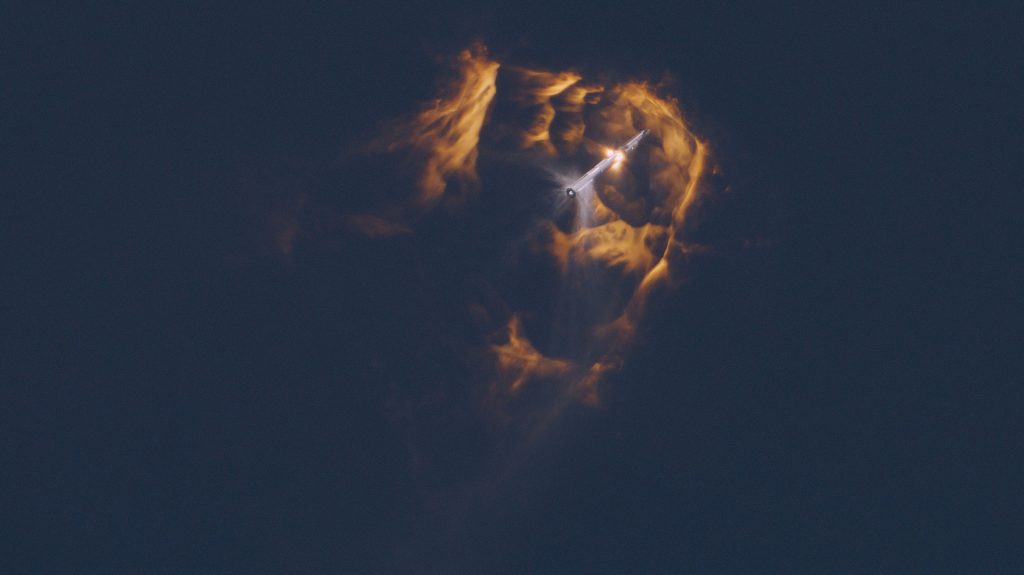
Over the weekend SpaceX pulled off an amazing feat by launching its Starship rocket and making it into space. While many doubted its label as a success, those that have followed rocket development and Starship’s progress will know for a fact, Starship Flight 2 was a big win and success for SpaceX.
While this article focuses on the success of Starship Flight 2, we went over everything that went wrong here.
Stage 0 in great condition
The orbital launch mount at Starbase, or as SpaceX calls “Stage 0,” is an extremely important part of Starship’s planned rapid reusability. Ground equipment has always been an important part of a successful launch and its reliability determines how often you can launch without painful GSE scrubs.
The pad also has taken on new roles that have normally taken place on the rocket. This lightens how much the rocket weighs and improves reliability and performance.
After Saturday’s launch, a big question was how well did SpaceX’s modifications to Stage 0 hold up. Would we see another massive crater like during Starship’s first launch or just minor damage?
Well it turns out Pad 0’s new water suppression system and steal plate held up remarkably well. Photos from media showed almost no damage to anything on the launch mount and Elon Musk confirmed that the pad held up well.
“Just inspected the Starship launch pad and it is in great condition! No refurbishment needed to the water-cooled steel plate for next launch,” Musk said on X, his social media platform.
This is a huge win for getting Starbase and Starship ready for its next launch. The next Super Heavy booster will need to undergo a good amount of testing, like Booster 9 did, on that mount. So the less work needed on the pad can be refocused on getting hardware ready to fly.
Join our Discord Server: Join the community with forums and chatrooms about space!
Hot staging worked on the first try
One of the biggest changes made to Starship between Flight 1 and Flight 2 was staging. Instead of doing some crazy flip maneuver to separate the stages, the Starship second stage will perform what is called a “hot stage.”
Hot Staging is when the next stage’s engines fire up before the two stages are separated, using the thrust of the engines to pull the two apart. This can be a rather risky maneuver to not damage either stages but it looks like SpaceX pulled it off.

While hot staging is much harder on the vehicle then traditional staging with pushers or thrusters. Hot staging provides unmatched performance boosts to the second stage. Hence why SpaceX is using it here.
Booster 9 received added shielding and a vented stage ring to help perform this better. A few minutes into flight, the two stages split apart with Starship continuing on to space.
Starship makes it to space
There was a lot of hope that this mission would be the one to make its way to Hawaii. However, that was not the case but it did make it much further than Flight 1.
During Flight 1, Starship’s second stage didn’t even get a chance to light its engines as the two were terminated shortly after stage separation. On Flight 2 Starship was able to ignite its three Raptor Vacuum engines up mid-air then its three sea-level Raptors to make it to an altitude of 148 km before being terminated.
The cause of that termination is still unknown but the fact that it got to that far at all is impressive. It proves that the design is sound and can make it to space. So for those that thought that a rocket of this size just isn’t possible, sorry to say it but you were wrong. Although I’m sure more reasons will be created to continue denying Starship’s technical feasibility.
No long launch delays (post FAA approval)
The item I was most shocked to see was how well SpaceX was able to countdown and launch Starship. The company only had a 20-minute window to launch on Saturday, a window I believed beforehand to be way to short to actually get the launch off in time.
However, Starship Flight 2 only had one delay, a push from Friday to Saturday due to the need to change out a part in the booster. However, I was certain SpaceX would run into more issues that would eat up that 20-minute window. Happily, I was wrong.
While Starship did run into some pressurizing delays in its count, those were handled well and only resulted into a T-0 shift of just a few minutes.
As we’ve come to expect from Falcon 9 launches, SpaceX delays are just rare and I guess that means for Starship too. Lets just hope this next mishap investigation and the FAA lawsuit doesn’t mess anything up.
FTC: We use income earning auto affiliate links. More.




Comments